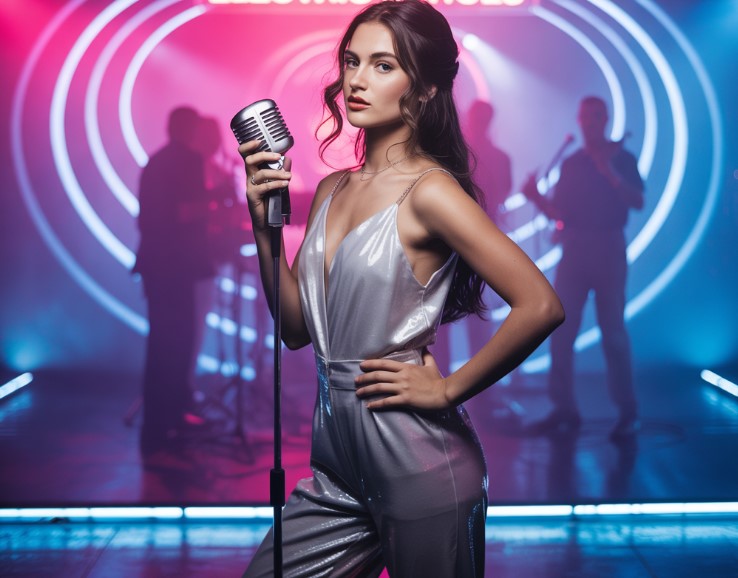You might not always know their names, but chances are you remember their faces. From steamy slow-motion shots to striking close-ups that linger in your memory, models have long been a secret weapon in music videos.
They don’t sing. They rarely speak. But somehow, they become the image that sticks with you long after the track ends. Whether it’s a moody stare, a walk through flashing lights, or a dance that perfectly matches the beat, these silent performers often shape the vibe of the video more than we realize.
Models as Visual Storytellers
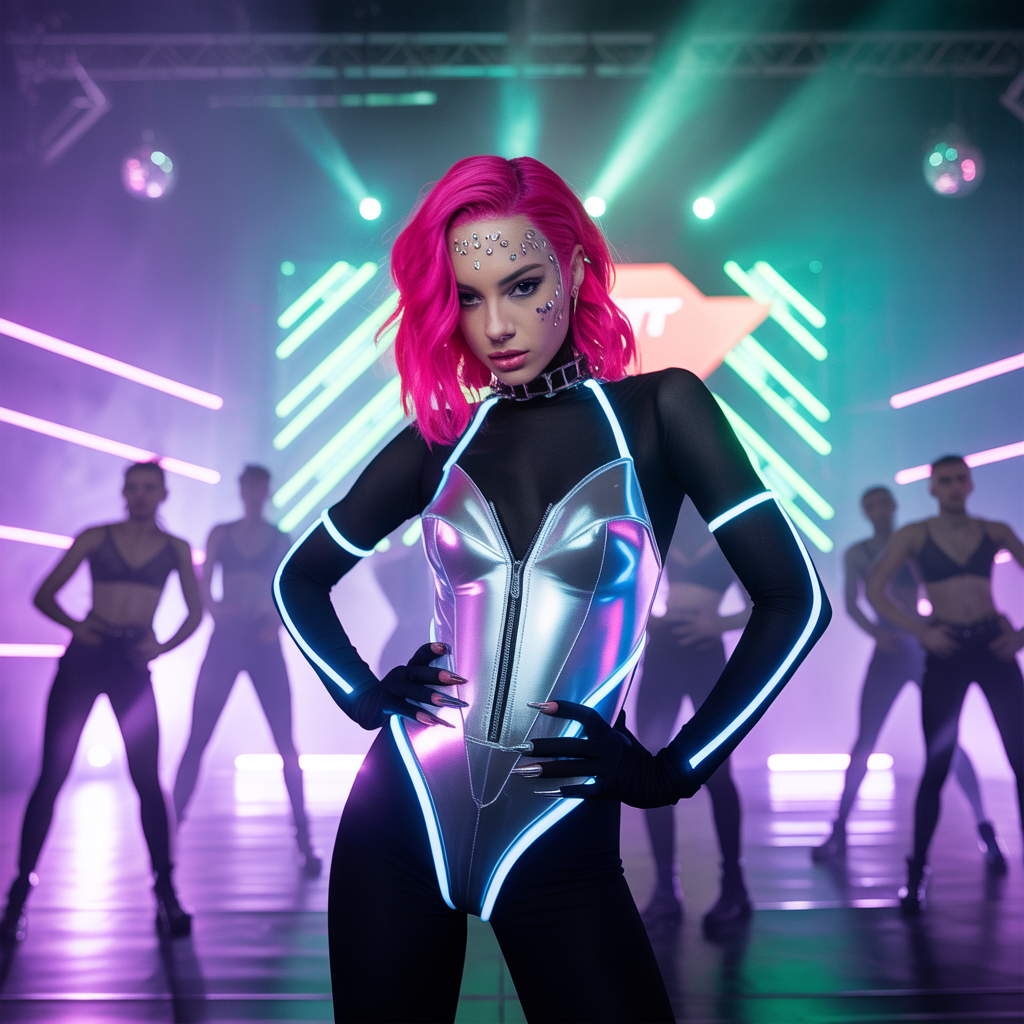
Music videos are more than just promotional tools; they’re art forms that merge sound and imagery into one cohesive experience.
A well-cast model doesn’t just fill a frame—they interpret rhythm, emotion, and narrative. Through movement, gaze, and presence, they embody the themes that the lyrics might only hint at.
In many cases, models are tasked with conveying heartbreak, rebellion, seduction, or freedom—often without dialogue or backstory.
Their ability to communicate mood visually transforms a song’s message into something memorable and shareable.
A glance, a walk, a perfectly timed pose—these moments live on long after the video ends, becoming symbolic extensions of the track itself.
The Role of Wardrobe and Styling
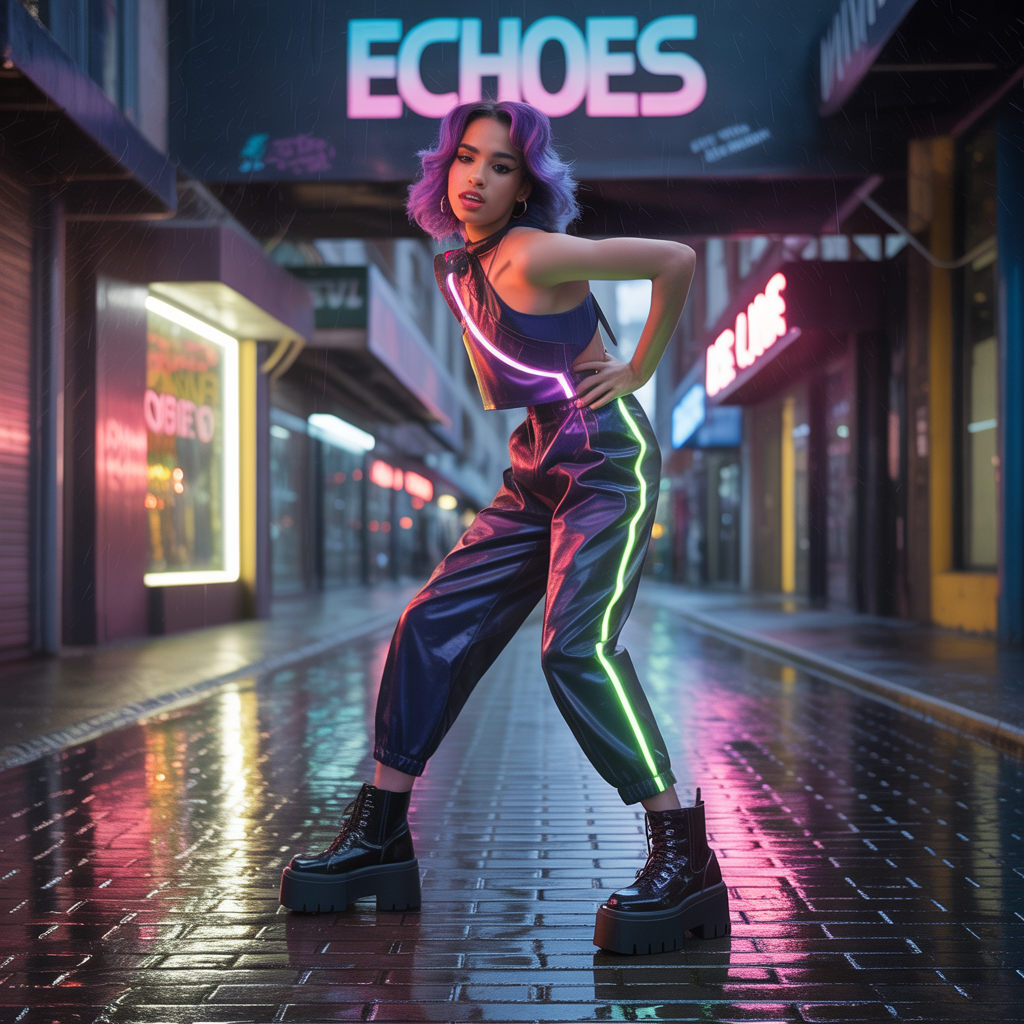
The clothing and styling of a model in a music video can completely alter the emotional texture of a scene. It’s not just about what looks good—it’s about what communicates meaning.
Outfits tell silent stories:
| Style Element | Implication in the Scene |
| Leather & metal | Rebellion, toughness, defiance |
| Flowing fabrics | Vulnerability, sensuality, movement |
| High fashion/glam | Power, luxury, confidence |
| Grunge/streetwear | Youth, authenticity, rawness |
| Color accents | Mood cues—red for passion, blue for sorrow |
Wardrobe is often pre-styled to match both the artist’s brand and the song’s theme. Great stylists work closely with models to ensure movement is fluid and that garments complement camera lighting and color grading.
Viral Moments Fueled by Modeling Presence
Think back to some of the most iconic music videos of the past few decades. Chances are, you remember not just the artist or the beat—but a scene, a look, or a moment carried entirely by a model. These aren’t just extras in the background; they’re central to the visual impact.
In the current era of micro-content and instant sharing, models have helped drive viral trends without ever stepping into the spotlight in a traditional sense.
Whether it’s a dramatic performance captured in one continuous shot or a looped reaction GIF from a music video, models often shape the moment.
Their presence leaves a lasting visual impact that’s hard to ignore. Their work feeds meme culture, fashion inspiration, and replay-worthy clips.
This kind of influence—often silent, always powerful—has made models an integral part of a music video’s success. It’s a form of performance that requires poise, adaptability, and a sharp sense of timing.
Where Talent Meets Opportunity: Digital Casting Platforms
In the past, directors and producers relied on agencies, word-of-mouth, or industry contacts to cast music video models. Today, online platforms have made the process more efficient and accessible.
One such solution is the Zodel modeling website, which streamlines how creators connect with models for all types of visual media—including music videos.
Modeling platforms allow professionals to filter by style, experience, location, and availability, making casting faster and more precise. For emerging models, it’s an opportunity to be discovered for projects they might never have had access to before.
The shift to digital has also democratized casting. Now, artists and creatives can find the right face or energy for their video, whether they’re filming a major-label release or an indie concept shoot. These platforms are helping shape the next generation of visual storytellers.
A Closer Look at Music Video Models
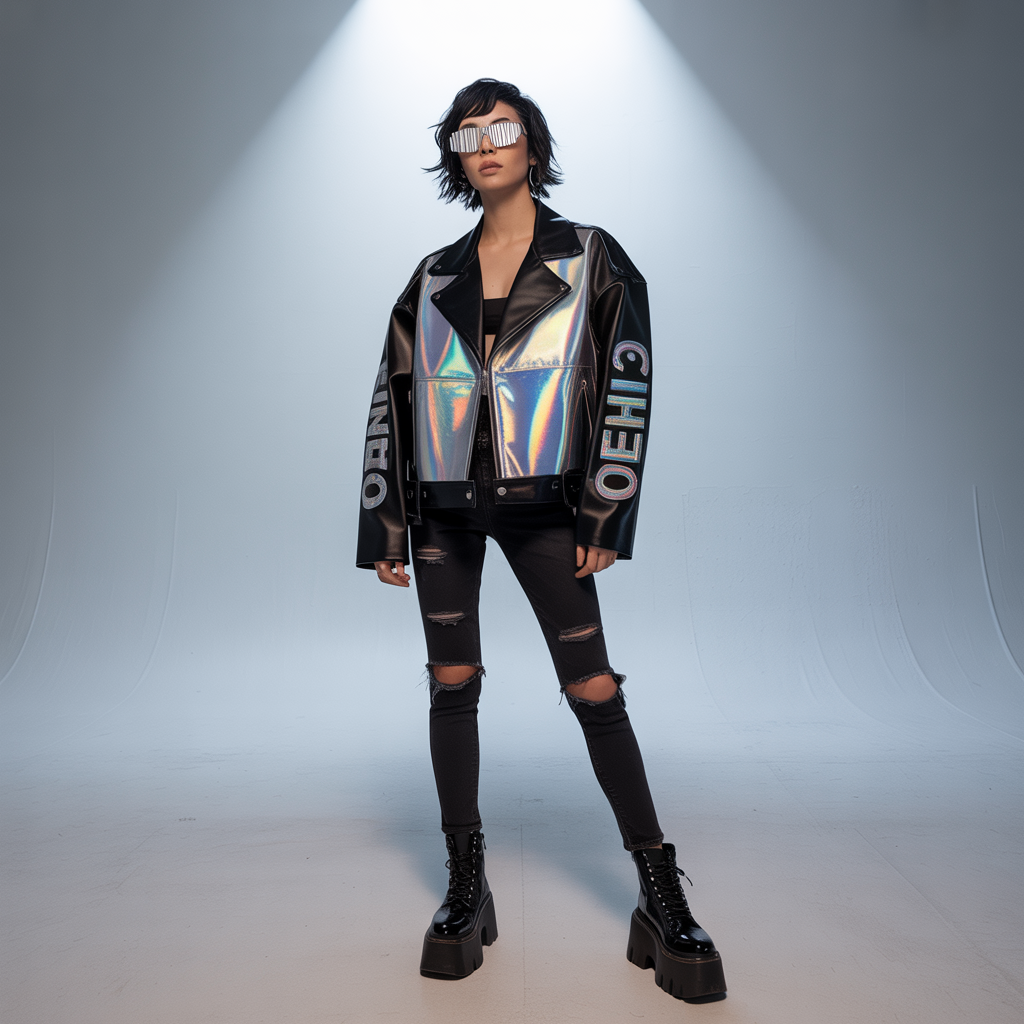
There’s a common misconception that music video modeling is all about aesthetics. In reality, it’s a demanding craft. Some of the challenges they must face are:
Newcomers may encounter:
- Unpredictable shooting schedules and weather
- Multiple takes requiring precise repetition
- Fast costume and makeup changes without a private space
- Ambiguous direction and last-minute changes
These performers are chosen not just for their looks, but for their ability to embody a brand, a sound, or a feeling. They become part of the musical performance, adding depth and narrative without saying a word.
Music video models featured on platforms like Zodel are selected for these very reasons. Their talent profiles are built with visual storytelling in mind—perfect for the fast-paced, aesthetic-driven world of music video production.
Each model’s profile includes high-quality comp cards with images and videos, detailed metrics like eye color and measurements, and filters for location (local or nationwide), availability, and verified reviews from past projects.
While the platform doesn’t include a filter for music video genres, it makes up for it with tools that let you narrow down talent by on-camera presence, versatility, and project-ready alignment.
Why Models Stay Memorable
Even if they never utter a word, certain models stay etched in your mind. Why? Because their presence connects emotionally—often in just a few seconds of screen time.
Here’s what typically makes them stand out:
- Their eyes convey something deeper than the scene alone
- They embody the beat—not just follow it
- They own their stillness and their movement with equal power
The best music video models become archetypes. They stop being just “that person in the video” and instead become a symbol of the track’s essence. They live in your memory the way a great lyric or riff does.
Conclusion
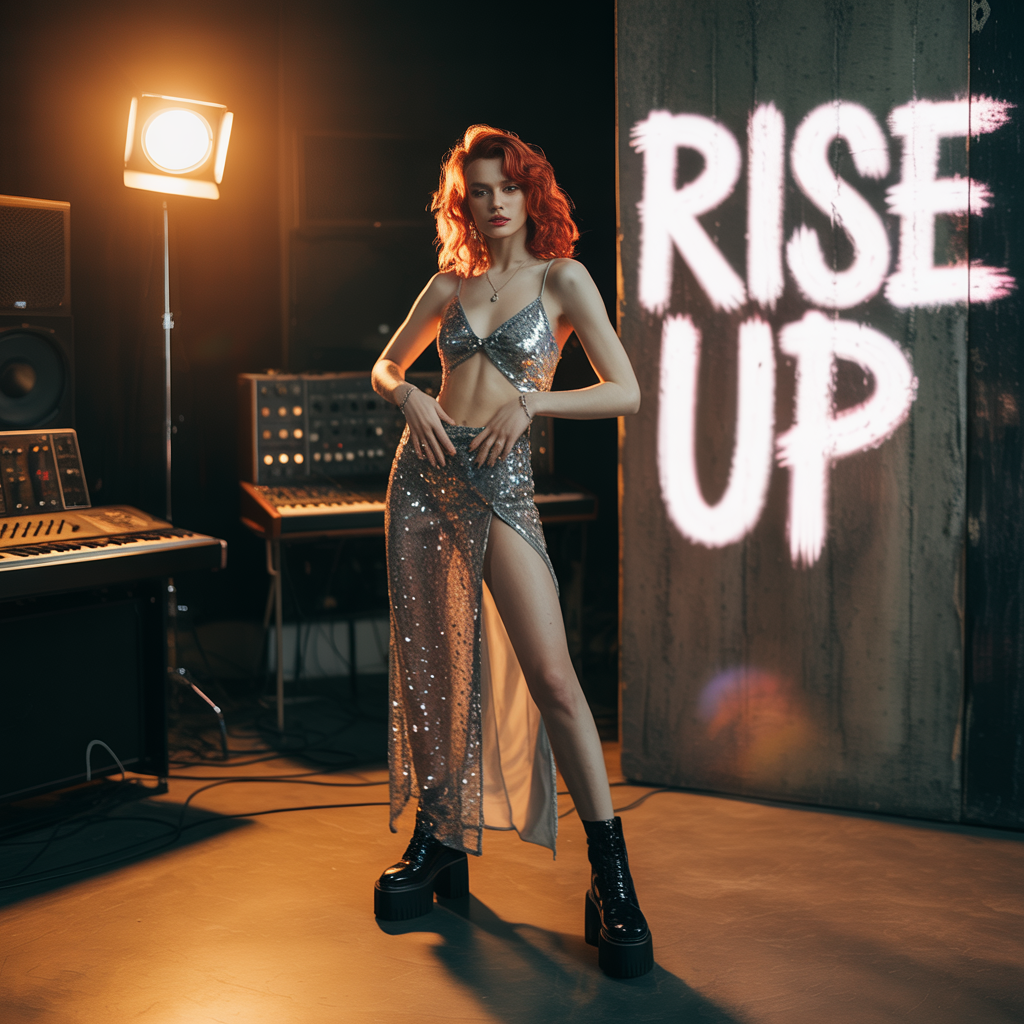
Models have always been part of music’s visual history, but in today’s hyper-visual age, their influence has grown even stronger.
As silent storytellers, they shape scenes, drive trends, and elevate the artistry of a music video. They may not be on the track or in the credits, but their role is central to the mood, memory, and viral potential of what we see and share.
As technology continues to open new paths for creators and talent alike, the music video model remains one of the most compelling and under-recognized forces in modern visual culture.
- Musical Instruments Ranked From Easiest to Hardest to Learn - December 4, 2025
- Every SZA Era Explained Through Her Outfits, From TDE Beginnings to the SOS World Tour - November 13, 2025
- The Career of Mozzy and How His Music Changed the Direction of West Coast Rap - November 13, 2025



